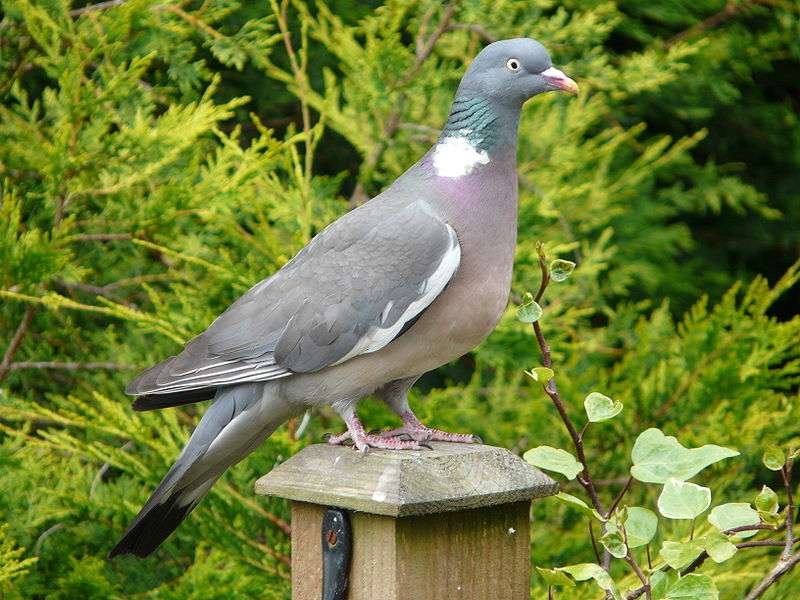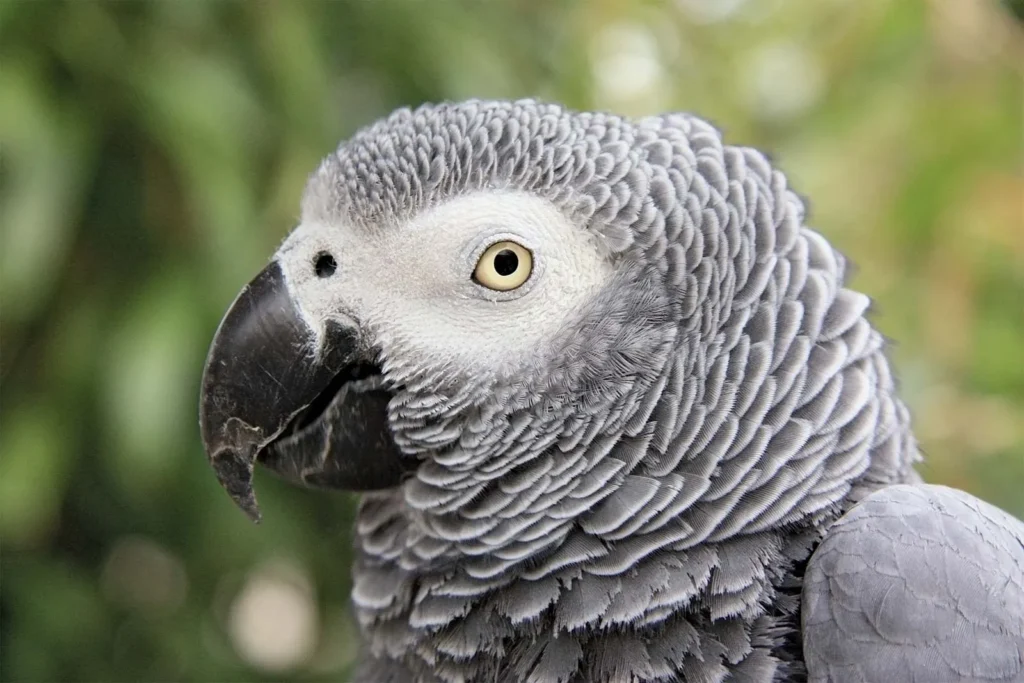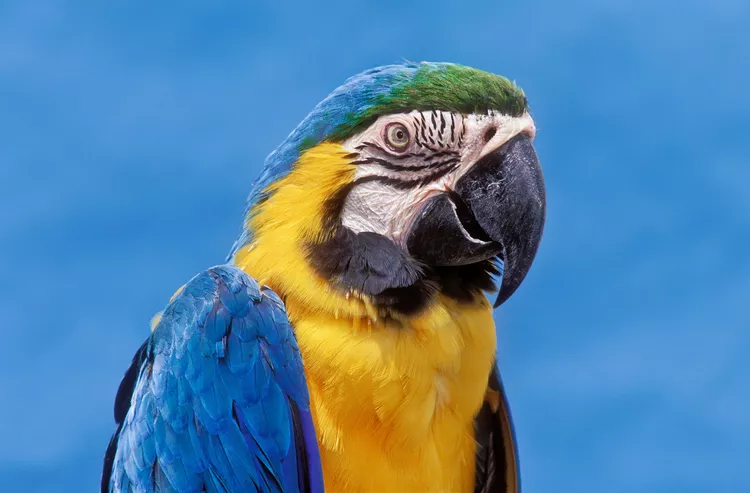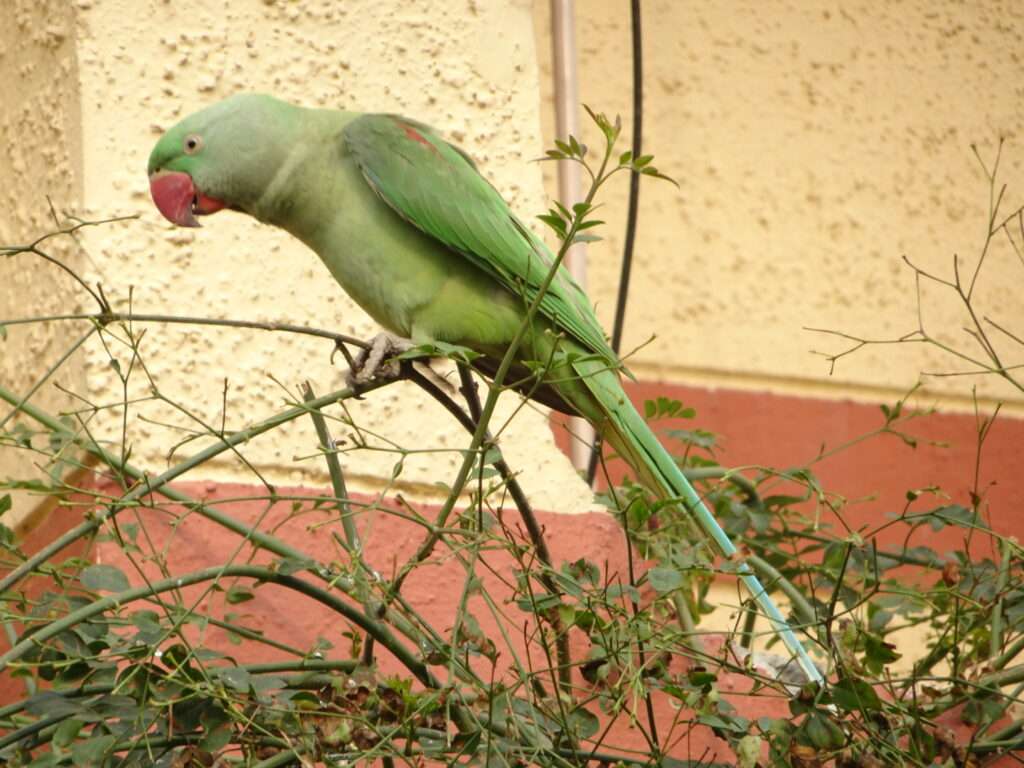
Description
Lifespan: 3 years or sometimes 17 years and nine months
Large dove and pigeon relatives include the Common wood pigeon. Adult birds have pink patches on their chests and a sequence of green and white patches on their necks. The white patches on either side of the neck are absent in juvenile birds. On both sides of their necks, they begin to develop little white patches around six months of age. These patches gradually get larger until they are fully developed at six to eight months of age. Additionally, compared to adults, juvenile birds have a greyer beak and a lighter overall appearance.
Origin/ Habitat
Northern Africa, Asia, and Europe all have common wood pigeon populations. They are migrants in the colder regions of eastern and northern Europe, as well as western Asia, whereas in southern and western Europe, populations are frequently densely populated permanent residents. Wood pigeons live in agricultural areas, shrubland, and deciduous or coniferous forests. They are also frequently spotted in towns, cities, gardens, and parks.
Behavior
Diurnal birds, common wood pigeons spend their days perching, feeding, and flying. Their swift, rhythmic flight is accompanied by the occasional sharp flick of the wings that is typical of pigeons in general. There is typically a loud clattering as they take off. The gregarious common wood pigeon frequently forms quite large flocks outside of the breeding season. Wood pigeons, like many other pigeon species, use trees and buildings as perches to observe their surroundings. Due to their characteristic cooing (‘coo-COO-coo-coo-coo’), it is common for people to hear them before they see them.
As Pet

Nesting
Traditional nest boxes are not attractive to wood pigeons because they build open nests instead. On the other hand, high trees or hedges that have not been overly pruned away to give cover are good nesting locations in gardens. And if you do have a pile of branches and twigs leftover from cutting the last hedge, feel free to leave it in the garden. In doing so, you’ll be giving wood pigeons a place to build their nests and providing a home for a variety of other garden species.
Diet and Water
Wood pigeons browse on the ground and in bushes and trees, eating virtually mainly vegetarian fare. They consume berries, acorns, beechnuts, leaf and flower buds, as well as grain seeds. They do occasionally consume animal food, like as beetles, snails, or worms. Additionally, wood pigeon parents create their own milk for their young, which is fatty and high in protein.
To generate the milk needed to nourish their young, common wood pigeons require a lot of water for drinking. So the birds benefit greatly from having a water supply in your garden, such as a pond, stream, or even just a basic bird bath. But always remember to keep these clean frequently to stop the spread of illness.
Table





